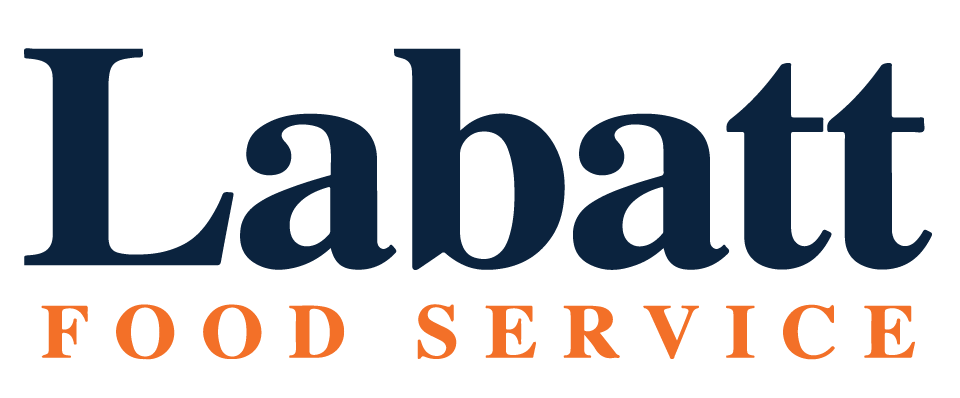Some Ways To Avoid Teetering on the Cliff
June 1990
Blair Labatt
This issue of ID features reports on a few more brash companies who promise to become major players in the game of foodservice distribution. I am sure that they wonder, as do we all, what steps they have to take to make sure that their game plan is sound. To put it another way, they wonder, as we do, if there are unseen cliffs looming ahead which could put an end to their growth.
The cliffs are out there. I think there are certain ways of doing business that could be injurious to health. So as I see it, this is where those cliffs are:
If you have to cross-subsidize to support a high percentage of low-margin business, so you have to look for small drops where you can commit piracy. A good cash-and-carry operation collapses this whole strategy.
If you are not as cheap on lower-margin business as you tell your chain customer you are, so your audits are an increasingly untenable and laughable exercise of deception.
If your whole product philosophy is built on deception, using private label to cheat intermittently on quality—just enough to keep fro getting caught.
If your primary focus is showing high net profits to the shareholders, your commitment to innovation in operations and data processing is negligible.
If abusive attitudes toward people lead to high turnover, particularly in the sales force, the primary driver of customer relations.
These are cliffs from which entrepreneurs can easily fall. And yet these strategies are apparently working for some people in the business. But perhaps that is only for lack of good competition. The point is that the solution for entrepreneurs is not in emulation of a flawed strategy. The solution is in innovation and differentiation.
To differentiate we have to negotiate a different path, a road less traveled.
We have to open up the books and take the mystery out of our business, educating customers on the realities of distribution economics. Only by breaking the cycle of deception, audit evasion, and cross subsidization can we offer our customers something different.
We have to innovate for quality—in warehousing, in data processing, in transportation. In dozens of ways, we have to radically reduce our errors per transaction, so that “service excellence” and “high quality” have a new, quantifiable, measurable meaning. Only by offering a new degree of quality can our customers have something to measure besides price.
If we really want to buy better, we have to offer our vendors something different. We have to stop playing hide the pea with our own labels. We have to stop playing bait and switch against their labels. We have to make a real partnership, and differentiate ourselves through manufacturers, if we want them to differentiate us in the way they sell their product to us.
The cliff, the pitfalls, and the minefields are real. But to a great degree, we can create our own landscape. If we construct a way to do business differently, some of our competitors will find that at last someone has exposed the serious flaws in what they have been doing. They may wake up to find that they are the ones teetering on a cliff.
Differentiation is sort of like David Robinson’s alley-oop reverse slam dunk—it announces a change in the ground rules.
Let us try to be the ones to bring some new talent and long-lasting skills into our game. Let us try to be the ones of whom people will say, “They had a lasting impact on the game.” Because what some people have up to now called good in foodservice distribution is nothing to be proud of.
